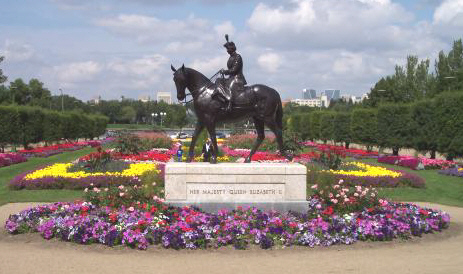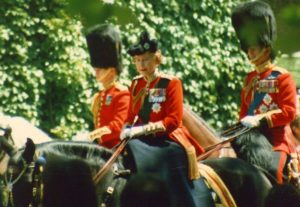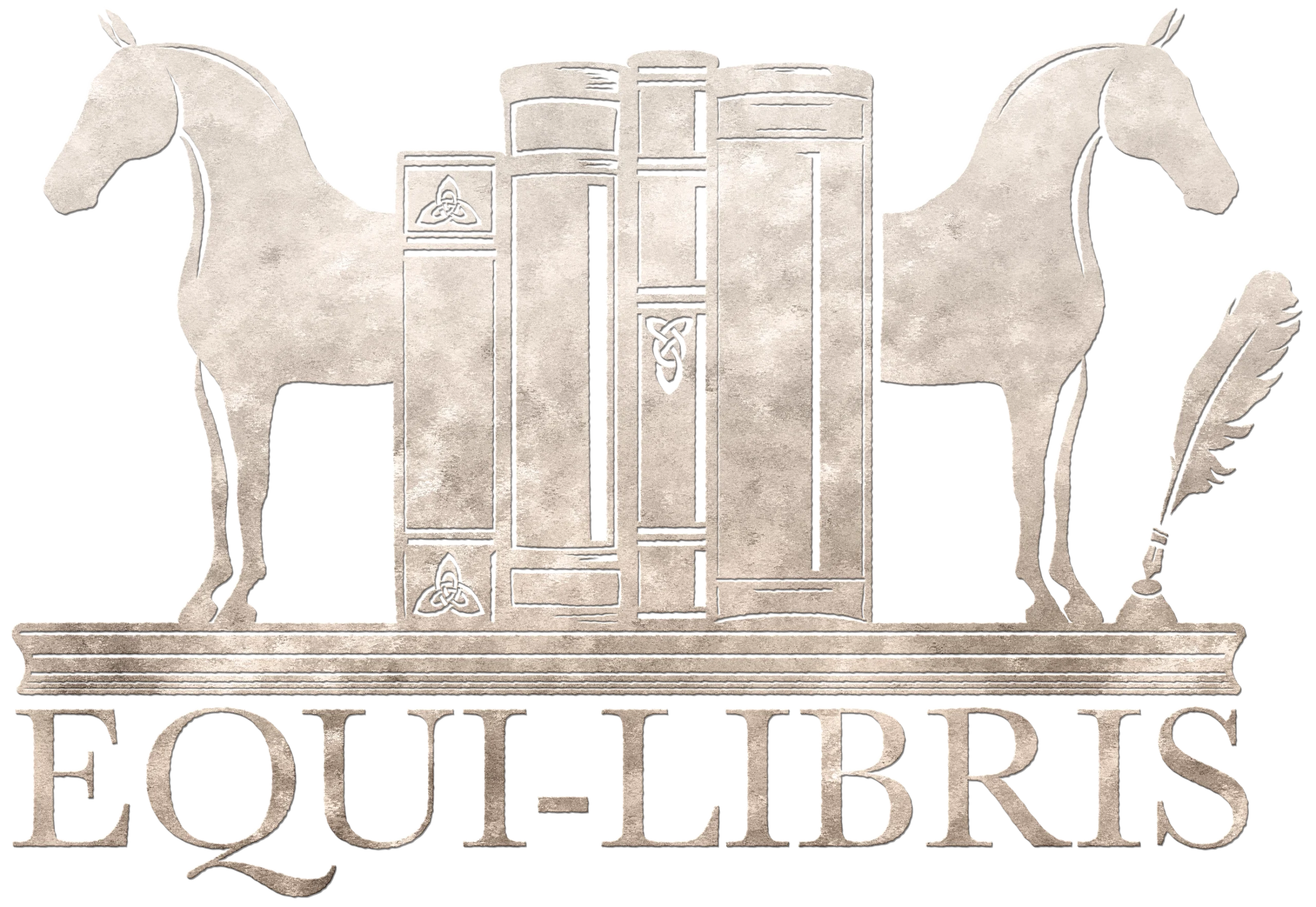
17 Sep 2022 All the Queen’s Horses
With the passing of Queen Elizabeth II, I find myself drawn to stories about the monarch’s death. I am English my birth and a significant portion of my childhood, but as an adult, like many other people, I think of the Queen as a fixture in culture and history. I am not a monarchist nor a fully committed republican, but the history that winds its way through centuries of the island of my birth fascinates me. The term Queenist, coined by Dame Helen Mirren, fits me for the minute. Tuned into multiple news websites and television channels for the past week, I know that if I were in London, I’d be trying to join the queue to view the Queen’s coffin at Westminster Hall. The monarch’s death is a tidal wave of history, and like thousands of others, I would want to witness it.
 Trooping of the Colour was mandated viewing in my English family’s household, but even as a child, I was more interested in the horse that the Queen rode than the occasion’s pageantry, which leads me to ask the question horse owners around the world are asking:
Trooping of the Colour was mandated viewing in my English family’s household, but even as a child, I was more interested in the horse that the Queen rode than the occasion’s pageantry, which leads me to ask the question horse owners around the world are asking:
What will happen to the Queen’s herd of one hundred plus horses?
Royal author Claudia Joseph suggests that Princess Anne and her daughter, Zara Tindall, are likely candidates to decide the fate of the Queen’s herd. “It is likely that the queen’s daughter, Princess Anne, and [Anne’s] daughter, Zara, who were both Olympic equestrians and well-known horse lovers, are likely to be involved in what happens next to the queen’s animals,” Joseph told the New York Post.
Speculation abounds, however, and the answer to this question remains a mystery for the moment.
Long before the monarch’s death, when a person referenced Queen Elizabeth, often the word horses followed in the same sentence. The future monarch first stepped into her stirrup at age three and received her first Shetland pony called Peggy a year later from her father, King George VI. At the time of her father’s untimely death, then Princess Elizabeth, soon to be Queen Elizabeth inherited her father’s breeding and racing stock.
The longest-serving monarch and the expert horsewoman never spoiled for choice when deciding which horse to ride. Yet, historians and journalists claim that her favorite mount, a half Thoroughbred, half Hanoverian mare named Burmese, entered the Queen’s life in 1969. A gift from the Royal Canadian Mounted Police, the Saskatchewan-born mare even kept her cool and perhaps saved the monarch’s life when a would-be assassin opened fire during the 1981 Trooping of the Colour. A respective piece broadcast by the Canadian Broadcast Corporation details the road Burmese traveled with her Queen.
 Burmese, ridden by the Queen for Trooping of the Colour for eighteen consecutive years between 1969 and 1986, earned her well-deserved retirement a year later when she was turned put to pasture at Windsor Castle. The Queen, often in residence at Windsor Castle, kept an eagle eye on the mare, instructing that Burmese was not to be ridden. Burmese enjoyed a pampered retirement until 1990, when she crossed her own Royal rainbow bridge at age twenty-eight. Burmese is buried on the grounds of Windsor.
Burmese, ridden by the Queen for Trooping of the Colour for eighteen consecutive years between 1969 and 1986, earned her well-deserved retirement a year later when she was turned put to pasture at Windsor Castle. The Queen, often in residence at Windsor Castle, kept an eagle eye on the mare, instructing that Burmese was not to be ridden. Burmese enjoyed a pampered retirement until 1990, when she crossed her own Royal rainbow bridge at age twenty-eight. Burmese is buried on the grounds of Windsor.
Not to be forgotten by the history books, Queen Elizabeth commissioned a statue of herself riding her beloved mare. The bronze statue sculpted by Saskatchewan artist Susan Veldor captures the pageantry of this human-horse partnership. As well, to celebrate the Queen’s Platinum Jubilee, a second bronze statue was commissioned by the Royal Military Academy at Sandhurst and created by equine artist Caroline Wallace.
Queen Elizabeth will be remembered not simply as the longest-serving British monarch but for the partnerships she forged with horses. As King Charles III enters a new chapter of his Royal life, horse owners across the globe hope that will include a cosseted and prized future for all the Queen’s horses. (Photo source: Wikimedia Commons)

